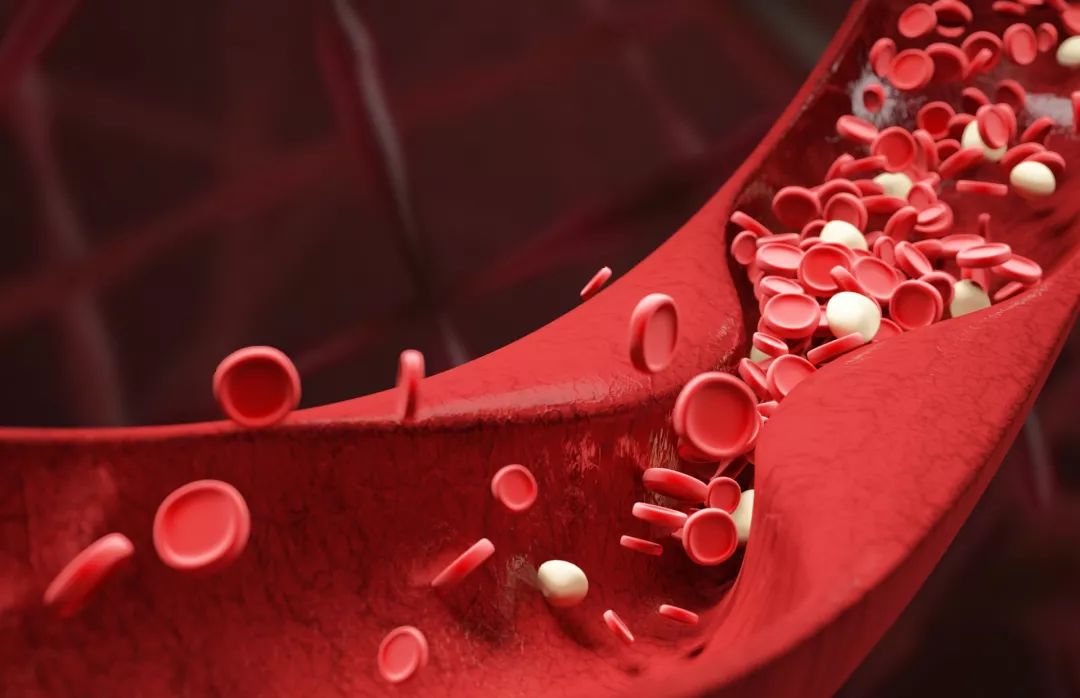Our blood contains anticoagulant and coagulation systems, and the two maintain a dynamic balance under healthy conditions. However, when blood circulation slows down, coagulation factors become diseased, and blood vessels are damaged, the anticoagulation function will be weakened, or the coagulation function will be in a state of hyperactivity, which will lead to thrombosis, especially for people who sit for a long time. Lack of exercise and water intake slows down the venous blood flow of the lower extremities, and the blood vessels in the blood will deposit, eventually forming a thrombus.
Are sedentary people prone to getting thrombosis?
Studies have found that sitting in front of the computer for more than 90 minutes will reduce the blood flow in the knee area by more than half, increasing the chance of blood clots. Doing 4 hours without exercise will increase the risk of venous thrombosis. Once the body has a blood clot, it will bring fatal damage to the body. A clot in the carotid artery can cause acute cerebral infarction, and a clogged in the intestine can cause intestinal necrosis. Blocking blood vessels in the kidneys can cause kidney failure or uremia.
How to prevent the formation of blood clots?
1. Take more walks
Walking is a simple exercise method that can increase the basal metabolic rate, enhance cardiopulmonary function, maintain aerobic metabolism, promote blood circulation throughout the body, and prevent the accumulation of blood lipids in the blood vessel wall. Make sure to have at least 30 minutes to walk every day and walk more than 3 kilometers a day, 4 to 5 times a week. For the elderly, avoid strenuous exercise.
2. Do foot lifts
Raising your feet for 10 seconds every day can help clear blood vessels and prevent thrombosis. The specific method is to stretch your knees, hook your feet with your full strength for 10 seconds, and then stretch your feet vigorously, repeatedly. Pay attention to the slowness and gentleness of the movements during this period. This allows the ankle joint to get exercise and enhances blood circulation in the lower body.
3. Eat more tempeh
Tempeh is a food made from black beans, which can dissolve the urinary muscle enzymes in the thrombus. The bacteria contained in it can produce a large amount of antibiotics and vitamin b, which can prevent the formation of cerebral thrombosis. It can also improve cerebral blood flow. However, salt is added when tempeh is processed, so when cooking tempeh, reduce the amount of salt used to avoid high blood pressure and heart disease caused by excessive salt intake.
Tips:
Quit the bad habit of smoking and drinking, exercise more, stand up for 10 minutes or stretch for every hour of sitting, avoid eating high-calorie and high-fat foods, control salt intake, and eat salt no more than 6 per day gram. Consistently eat a tomato every day, which contains a lot of citric acid and malic acid, which can stimulate gastric acid secretion, promote food digestion, and help adjust gastrointestinal function. In addition, the fruit acid contained in it can lower serum cholesterol, lower blood pressure and stop bleeding. It also enhances the flexibility of blood vessels and helps clear blood clots.



 Business card
Business card Chinese WeChat
Chinese WeChat English WeChat
English WeChat